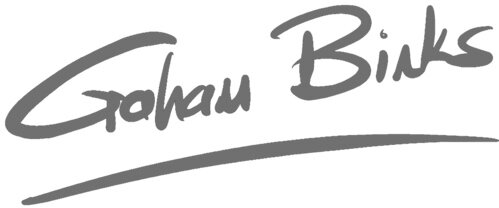Production Lines and the Bottleneck Effect
/One of the great things about studying a wide range of industries is that it affords the ability to take insights gained in one field and apply them in quite different domains.
Production lines, for example, are everywhere. And business technology helps us streamline production.
If your business completes more than a handful of transactions a day, you have a production line. When the creation and delivery of that value has multiple steps, you have a process. And if steps are handed off to others, you have an opportunity to streamline.
The production line came about in manufacturing, but consider how the analogy applies to other industries:
- Office equipment : help a customer determine their needs; quote and order; receive the hardware; install, monitor and maintain each unit.
- Software development : determine a customer job to be done; define the features required to complete the user's tasks; create code, test for defects, fix bugs; ship code; and support your customer in their adoption of the solution.
- Insurance : quote and sell a policy; await claims; receive and assess claims, process claims payments; renew the policy.
- Retail : order and received inventory; sell units, process payments; and handle returns.
Viewing a business from the production line perspective can clarify our approach to diagnosing or avoiding operational challenges.
Have you ever invested in streamlining a part of your business workflow, say order processing or software requirements gathering, only to find that the final output ( revenue recognition) is not impacted? This may be because fixing one bottleneck unleashes extra volume of work downstream in your production line, only to reveal a new bottleneck:
- Faster sales mean that more daily orders arrive on the installation manager's desk (great) than she has the resources to handle ( not so great).
- More system requirements are defined ( productive, assuming these can all be monetized) than the development team can build and test ( customers end up disappointed).
To avoid this bottleneck whac-a-mole, we are best served by taking a business-wide view of the production of value. I advocate some systems thinking, beginning with the simplest 3-step Production Line:
- You define, communicate and sell your product.
- You create your product.
- You deliver and service your product.
Production Line Exercise
If your business handles more than 10 transactions a week:
- Apply the 3-step Production Line and jot down the steps involved in delivering value to your customer, from raw materials to repeat business.
- Now estimate the investment you make at each step, and rank the production line challenges you face on a daily basis. Are investments and challenges aligned?
- What efficiency improvements are you planning to undertake in the next year? Assuming these measures succeed, where do you expect the next bottleneck to lie?
As always, contact me at graham@primeFusion.ca to discuss the outcome of this exercise.

